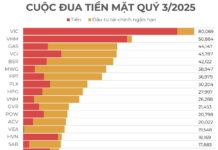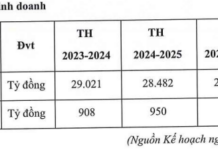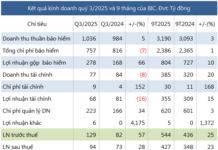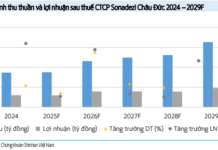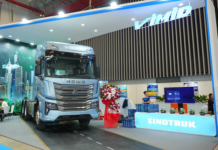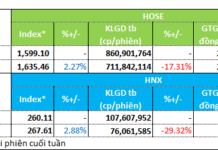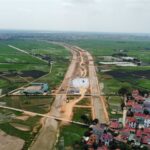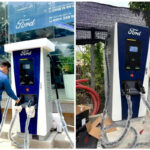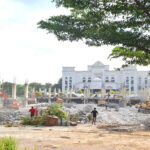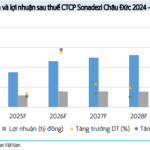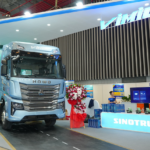The Hanoi Department of Construction has sent a document to 126 wards and communes, requesting their coordination in inspecting, collecting data, and consolidating land funds for the installation of charging stations for clean energy vehicles.
The department also asked for a survey and data provision on the current number of gasoline and diesel-powered cars and motorcycles, as well as electric vehicles, to facilitate the transition to alternative fuel vehicles.
According to the Hanoi Department of Construction, this is an important and urgent task, and they requested that the wards and communes focus on its implementation.
A representative from the Dong Da Ward People’s Committee shared that immediately upon receiving the document from the Department of Construction, they deployed it to the neighborhood-level administrative units. These units will inspect suitable locations for installing charging stations and survey the number of gasoline-powered motorcycles in each household for a comprehensive statistic.
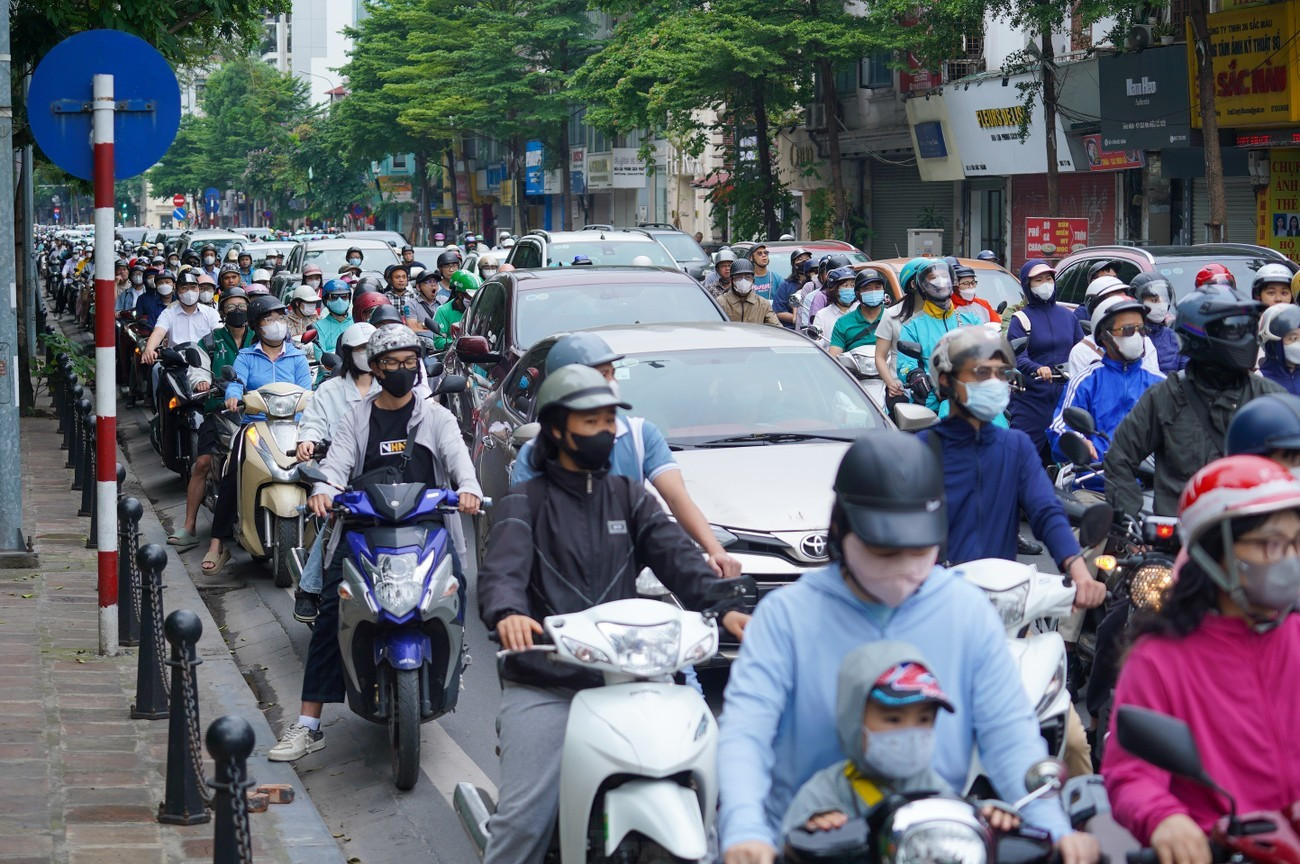
Illustrative image
In the document sent to the wards and communes, the Department of Construction outlined general principles for selecting charging station locations, prioritizing the utilization of public land, vacant lots, or sites with existing infrastructure such as public parking lots, headquarters, cultural houses, ward/commune People’s Committees, stadiums, shopping malls, bus stops, and parks.
The chosen charging station locations should meet practical needs, such as proximity to densely populated areas, apartment buildings, schools, markets, bus routes, or areas with high motorcycle and electric vehicle usage. Priority should also be given to locations near major roads and vehicle stopping points.
The charging stations must have safe entrances and exits that do not obstruct traffic and can potentially offer vehicle custody services or combine other public utilities.
The Hanoi Department of Construction also provided guidance on suitable land types for surveying and constructing public charging stations, including wide sidewalks, bus stop areas, and public parking lots.
Additionally, they suggested utilizing land for public works such as ward/commune People’s Committee offices, cultural houses, community centers, schools, and hospitals; land for technical infrastructure construction where an electrical grid is already in place; and land for auxiliary technical infrastructure construction in urban areas.
Moreover, according to the Department of Construction, it is possible to take advantage of land designated for parking lots, urban services, commercial centers, gas stations, tourist areas, wedged land, and unused public land.
Why Did Hanoi Scrap Numerous Pilot Projects for Commercial Housing by Agreement?
The proposed pilot project for 169 commercial housing sites falls short of the criteria set out in Resolution 171. This ambitious initiative, which aims to revolutionize the commercial housing landscape, requires a meticulous approach to ensure its success. With a careful strategy and expert execution, this project has the potential to be a game-changer.
The Capital Draws Crowds for A80 Showcase, Airfares for National Day Skyrocket to Lunar New Year Levels
Airfares for the Ho Chi Minh City – Hanoi route during the National Day holiday on September 2nd can reach up to 7 million VND for a return ticket, a price surge comparable to the Lunar New Year festivities and almost double the regular rates.











